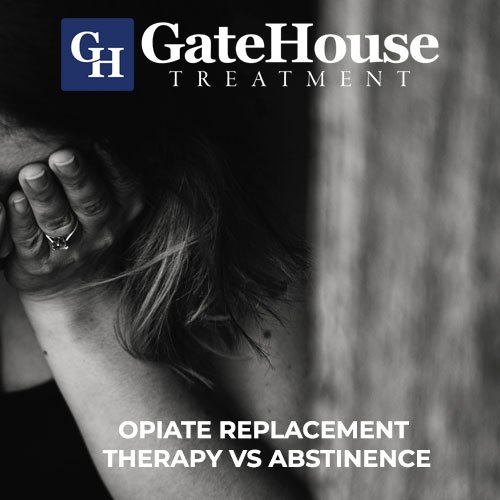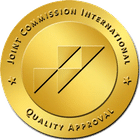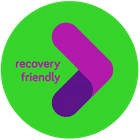
Two Approaches to Opiate Addiction Treatment
This post is designed to compare two approaches to recovery from opioid addiction. The first is the abstinence-based treatment model, which insists that recovery can only be achieved if a person stops using drugs entirely. This is the approach we use at GateHouse Treatment. The other approach is one that uses maintenance drugs like Suboxone or methadone to reduce withdrawal symptoms and cravings and ease the person into the recovery process with the maximum chance for success also known as medication assisted treatment (MAT).
So one side, we have what we’ll call the Purist’s Approach, which is animated by the notion of being ‘clean’ and insists upon complete abstinence. And on the other side, we have the opiate replacement approach, which uses prescription drugs (usually on a tapering schedule) to help repair the damage that opiate use does to brain chemistry and facilitate the emotional and spiritual work necessary for long term recovery.
Let’s examine the Purist’s Approach first.
The Purist’s Approach
According to the Purist’s Approach, only those addicts who now practice complete abstinence from drugs and alcohol can legitimately lay claim to the status of ‘being clean,’ while persons who use opiate replacement therapies like Suboxone or Methadone are only slightly less ‘corrupt’ than when they were still ripping off their parents to get another gram of heroin or a few more OxyContin. In other words, the abstinent addict is the elect, the blessed, while the Suboxone or methadone user might be ‘doing their best,’ but they remain ‘less than’ somehow. They are impure, taking half measures perhaps, or they’re simply ‘not ready.’ But, the opiate replacement user is certainly not ‘clean,’ at least not according to the Purist Approach.
For recovery, being clean is everything. Being clean is all. It is automatic redemption and solace and relief. Their behavior doesn’t matter, nor does the way they treat others. Happiness doesn’t matter, nor does compassion or humility. For the purist, only abstinence matters, only being ‘clean.’ This means, of course, that someone who uses an opiate replacement therapy to improve their health, their lives, and their spiritual condition, cannot become part of the elect until they get ‘clean.’
Pardon the Exaggeration
This is hyperbole of course, the exaggeration of a tendency we’re using to make a point. Very few people, whether inside or outside the recovery community, actually embody the Purist’s Approach to this absurd degree. Moreover, many abstinent addicts are lovely, kindhearted people, people who support other recovering addicts in their struggle and do what they can to help. We need to make that quite clear.
And yet there is a subtle stigma attached to those persons who use opiate replacement therapies. (medication assisted treatment) It’s a stigma that’s unkind, judgmental, and counterproductive to the recovery process. It’s also profoundly misguided. While it makes a certain type of sense from one perspective, the notion that immediate abstinence is the best or only way to achieve recovery from opioid addiction is simply false. We’ll have a look at some numbers in a moment, but first, let’s say a few words in defense of the Purist’s Approach.
The abstinence approach makes perfect sense in a way. It’s worked to transform the lives of millions of people who were once devastated by alcohol and/or drugs. It also forces the recovering addict to deal with themselves and their lives exactly as they stand right now. It helps set an important precedent for their future recovery by insisting they approach the difficulties inherent to life maturely and through spiritual means. Lastly, it avoids the danger that is inherent to opiate replacement therapies. This is the danger of using a pill as a substitute for the internal change that is necessary for long term happiness and recovery.
The Upside of Opiate Replacement Therapy
Unfortunately for the purist, the numbers tell a different story than the one they’ve been handed. (1) Studies have shown that drugs like suboxone and methadone increase the chances for long term recovery in statistically meaningful ways. They accomplish this by slowly repairing the damage done by opiate addiction. In a sense, that’s all there is to it. At a moment when our country is being absolutely ravaged by the opioid epidemic, we need an approach that gets the best results.
But, there’s more to the story. Being ‘clean’ is great, it’s wonderful and something to be proud of as well as treasured, but it is not the ultimate goal of recovery. If it is, we need to rethink recovery. The ultimate goals of recovery are contentment and feeling at home in the world. The goals of recovery are to stop hurting people and learn or relearn how to love. The goal of recovery is to participate fully in the human experience. Being ‘clean’ is a means, not an end.
What matters is the work an addict does after they stop using. Whether they’re recovering by using the 12-step model, religion, therapy, or whatever, what matters is spiritual and emotional growth and repairing the damage done by the traumas that lead most addicts to opiate abuse in the first place. All by itself, being ‘clean’ won’t accomplish this. The opiate addict needs a solution with emotional and spiritual weight, not a social designation. If utilizing methadone or Suboxone maintenance helps get them there, then we are morally obliged to support their use completely.
If you have any additional questions about medication assisted treatment or need help immediately, please contact us at Gatehouse Treatment anytime 24/7 and we will be happy to help. Call us at (855) 448-3588. You can heal, We can help!
www.ncbi.nlm.nih.gov/pmc/articles/PMC3411273/
- Cymbalta Withdrawal: Causes, Symptoms, And Management - October 12, 2023
- Boredom in Recovery: 5 Tips to Avoid Relapse - October 6, 2023
- Overconfidence and Rehab: Avoiding Relapse - October 4, 2023




